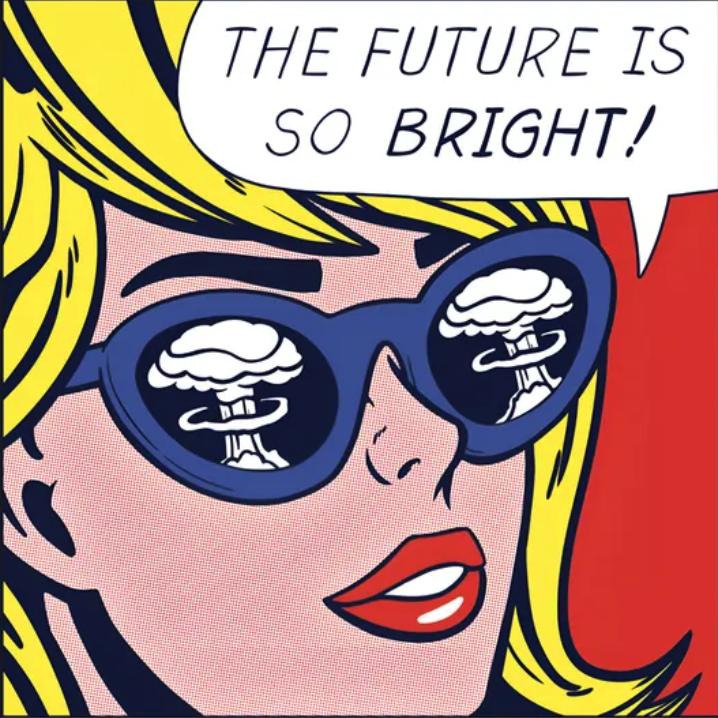


This year (2025) traditional Annual Departmental Workshop organised by BiCoQ has the format of Poster Festival. PhD students and pre-tenure personnel of the Physics Department are invited to submit abstracts and posters to highlight the results of their research by November 28th. The poster festival will take place in Galleria della Scienza on 2025, December 9th from 9.30 to 14.00.
This format offers a unique opportunity to the junior members of the department to share and discuss their results with the faculty members, display the breadth and depth of their research, and strengthen the identity of the Department and of its BiCoQ center.
To stimulate creativity, optimism, and reflection, we chose an iconic poster with an ironic vision of humanity's future as the manifesto for this event.

